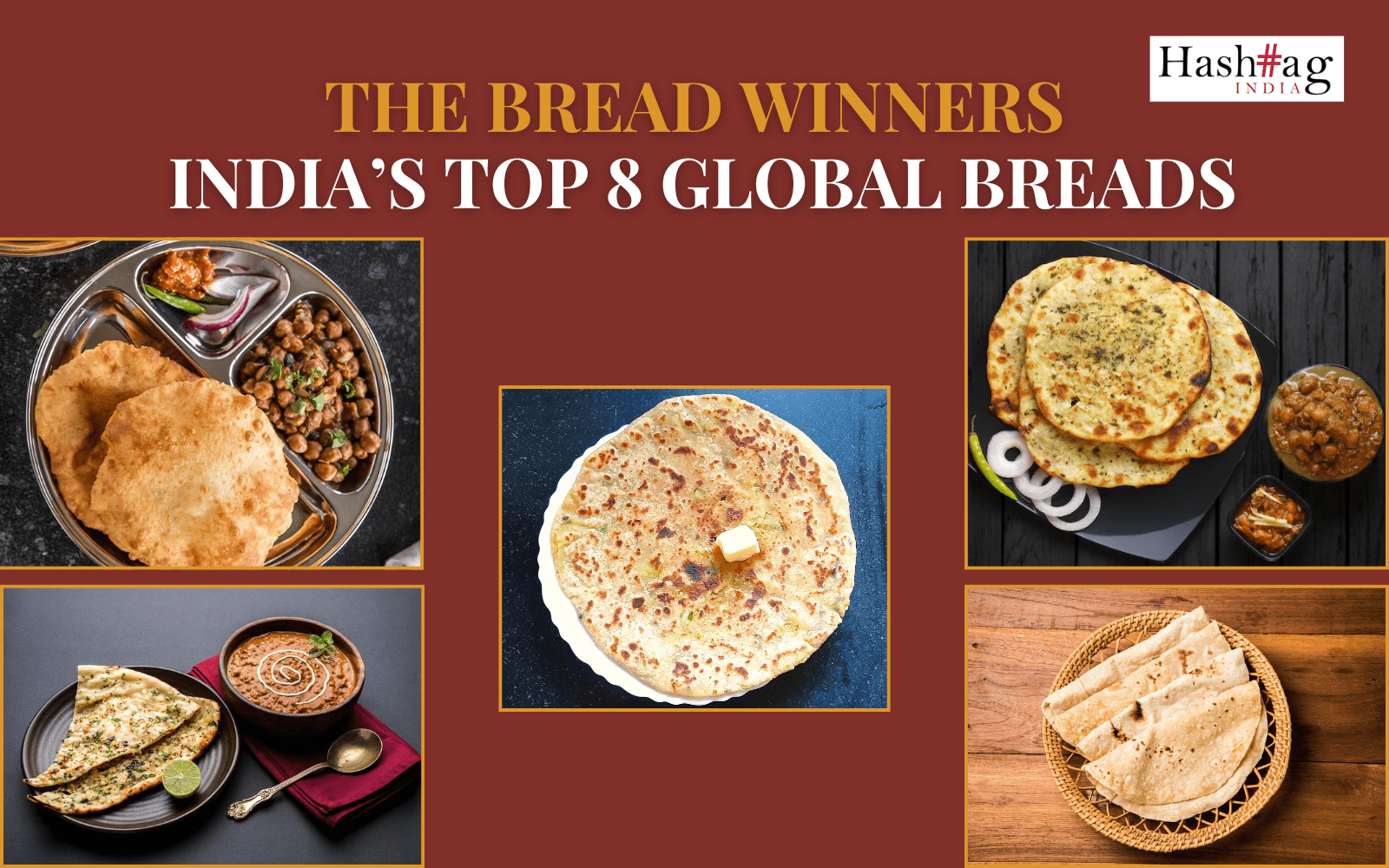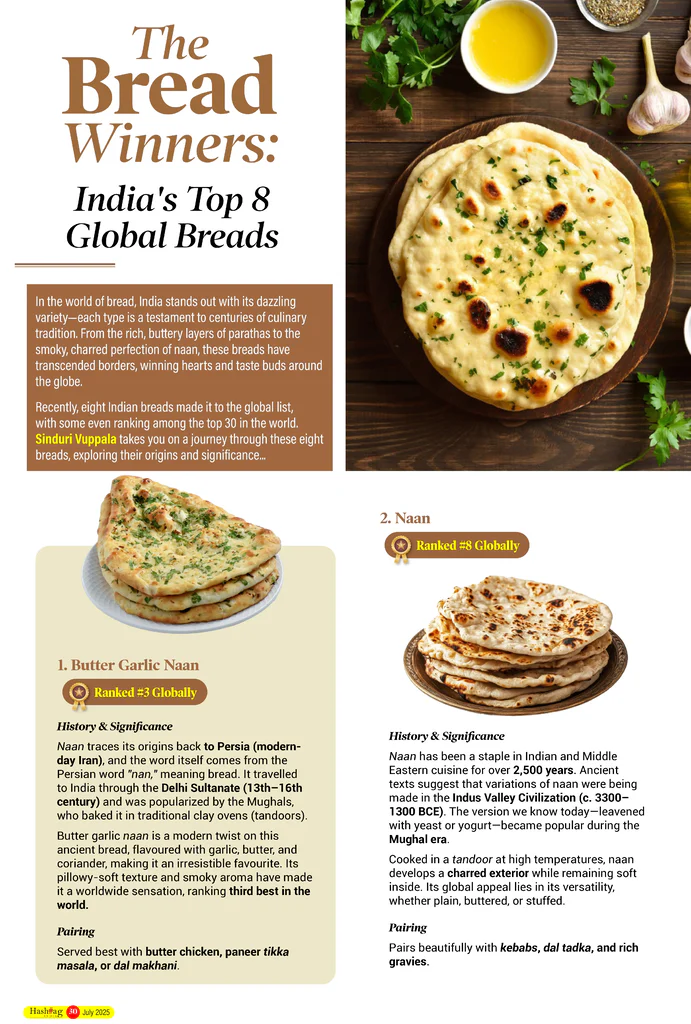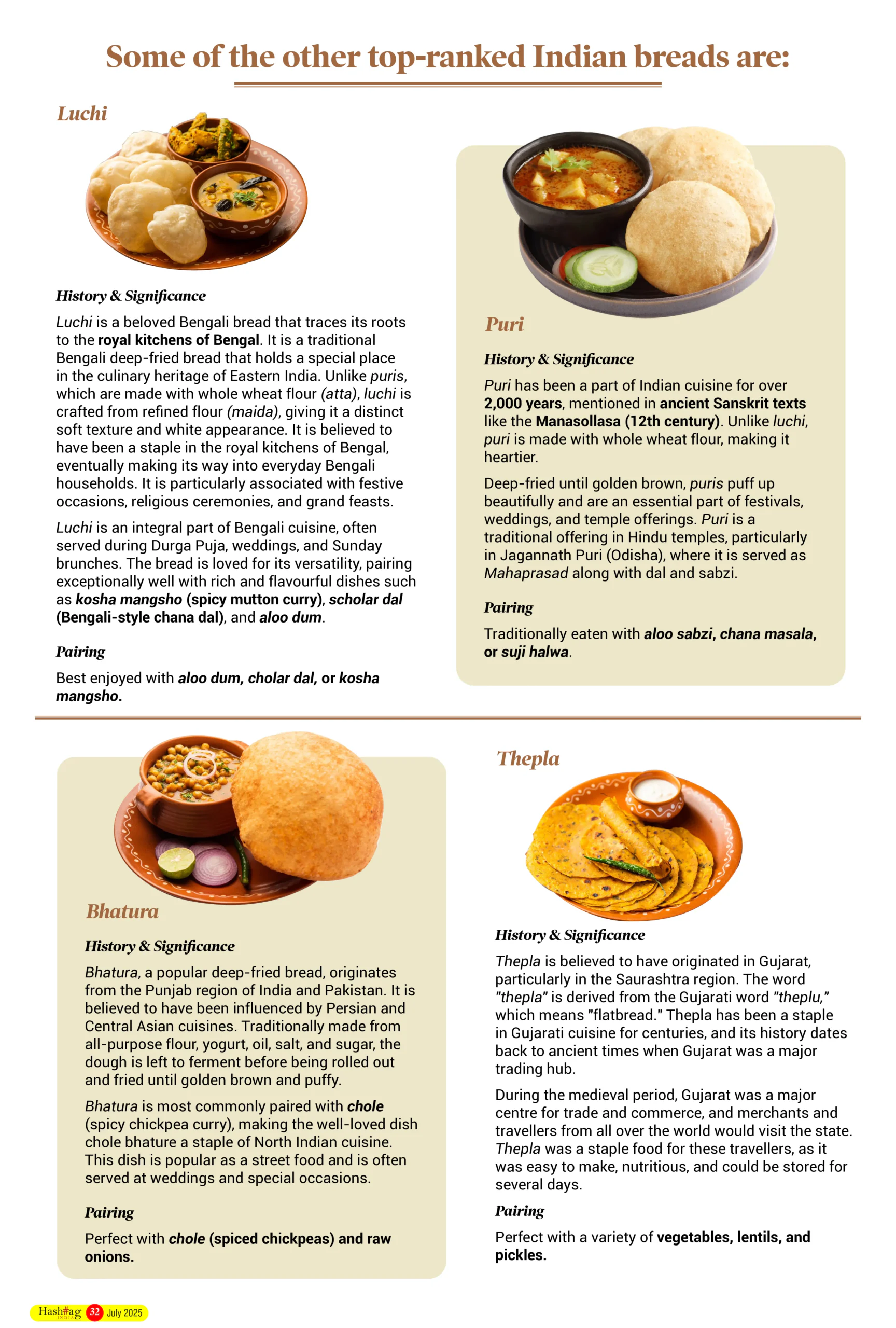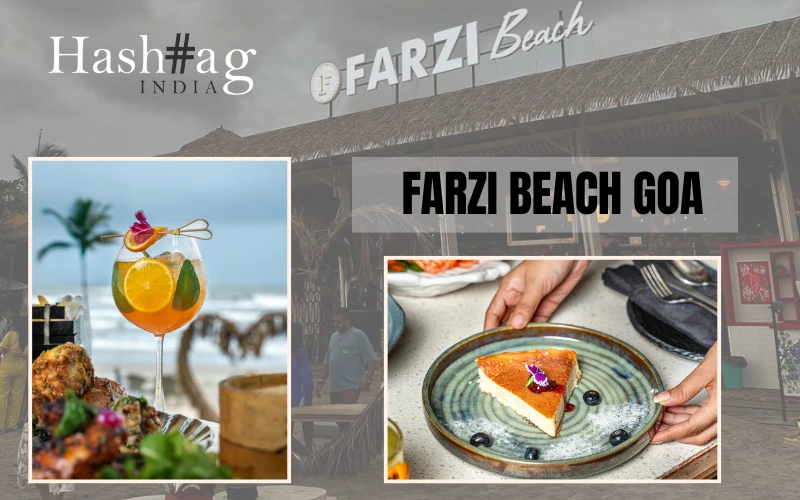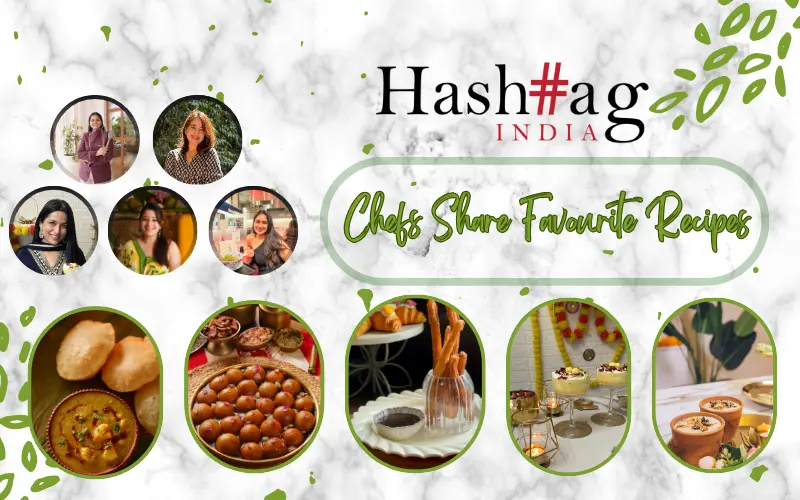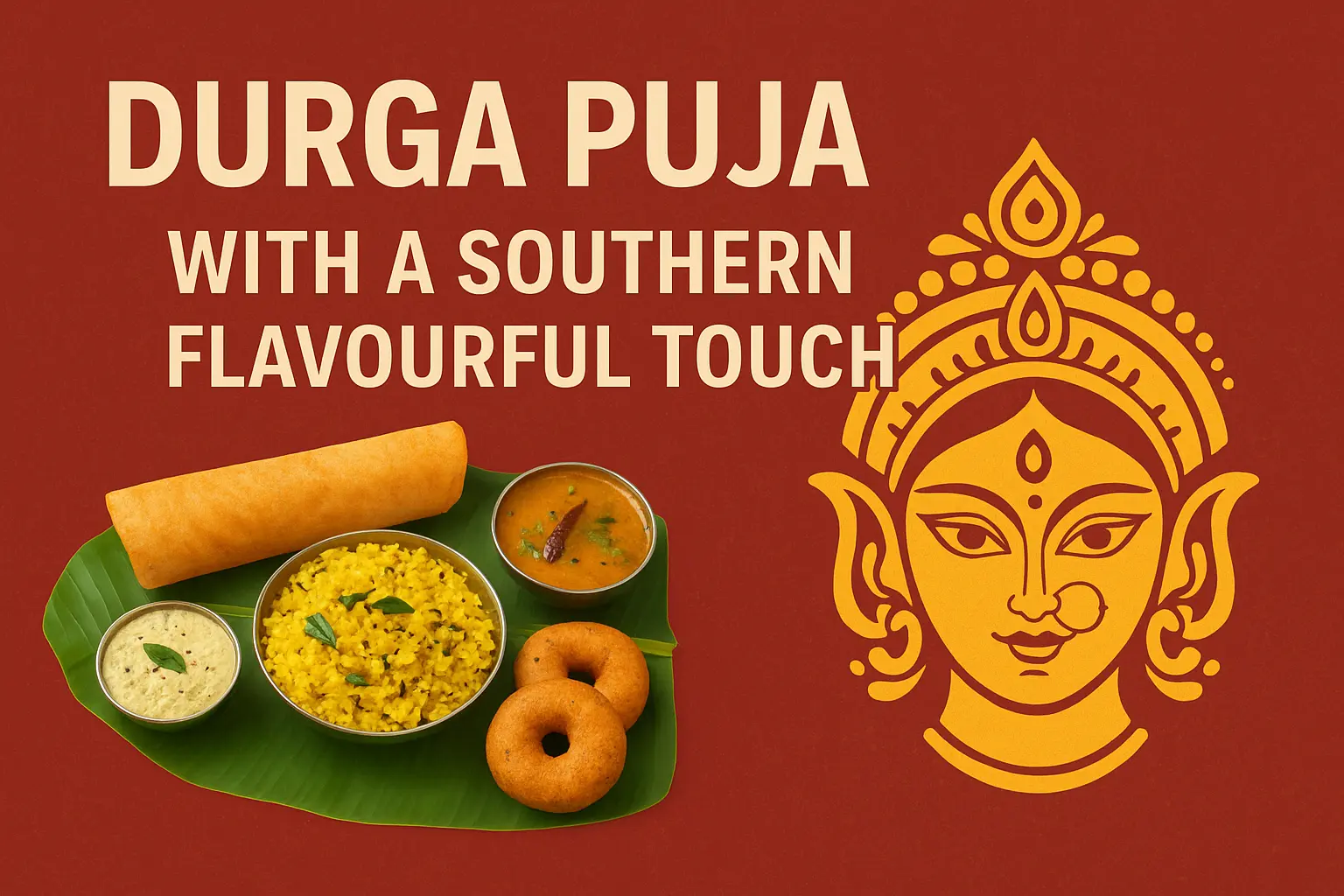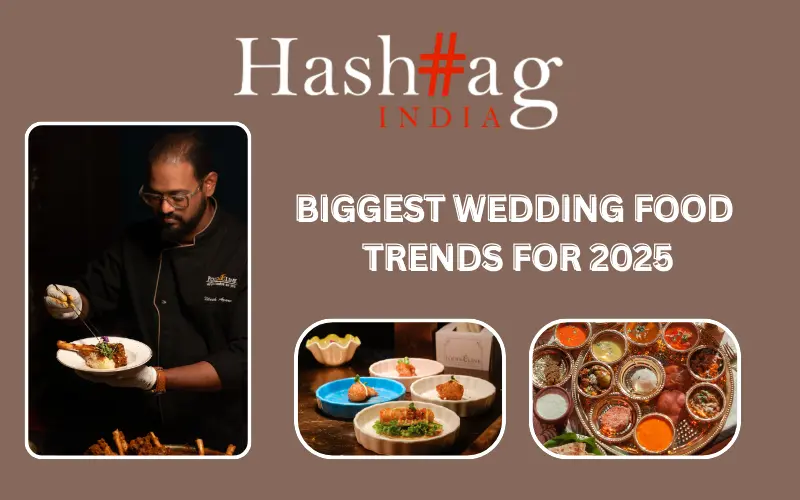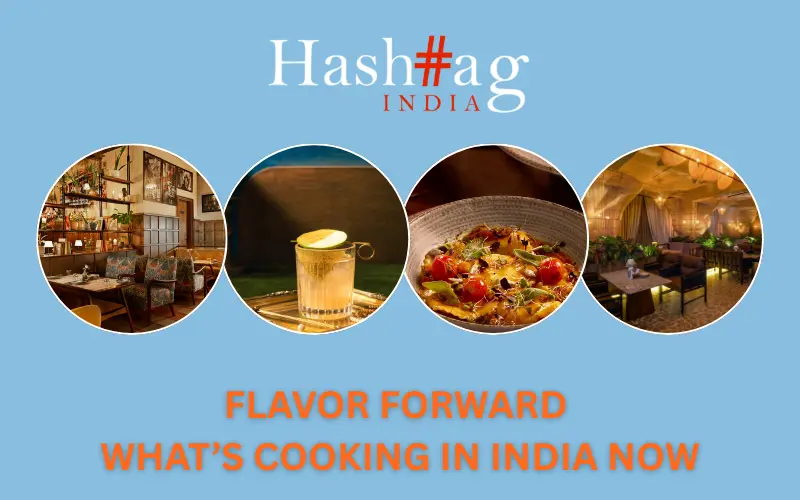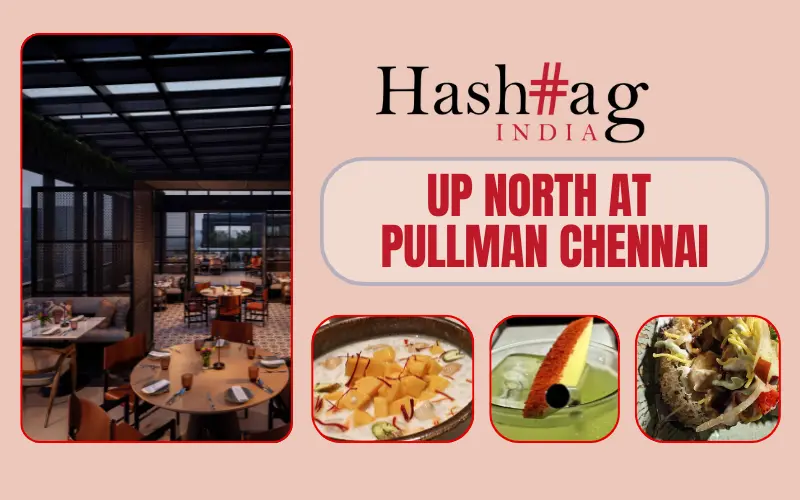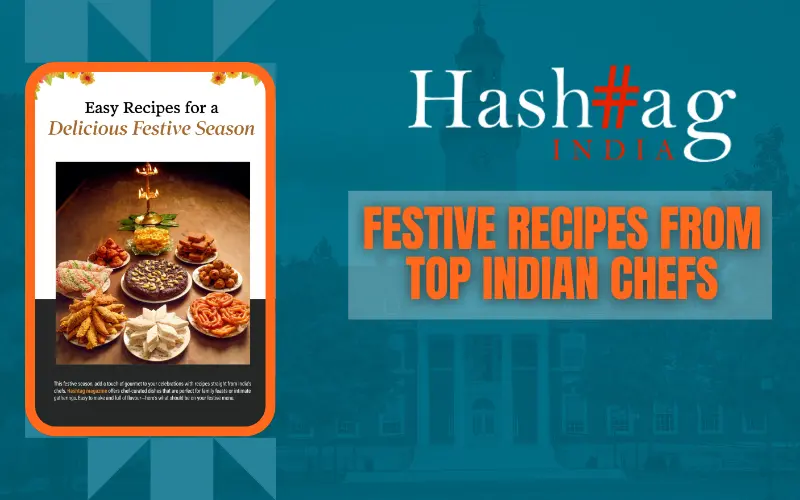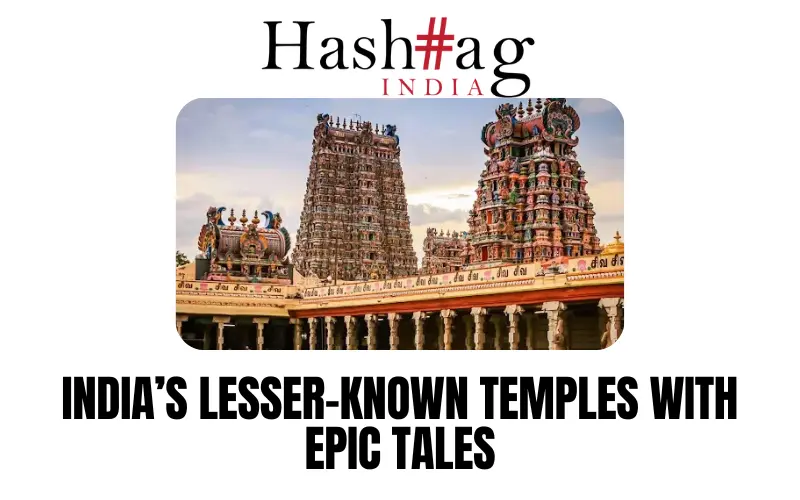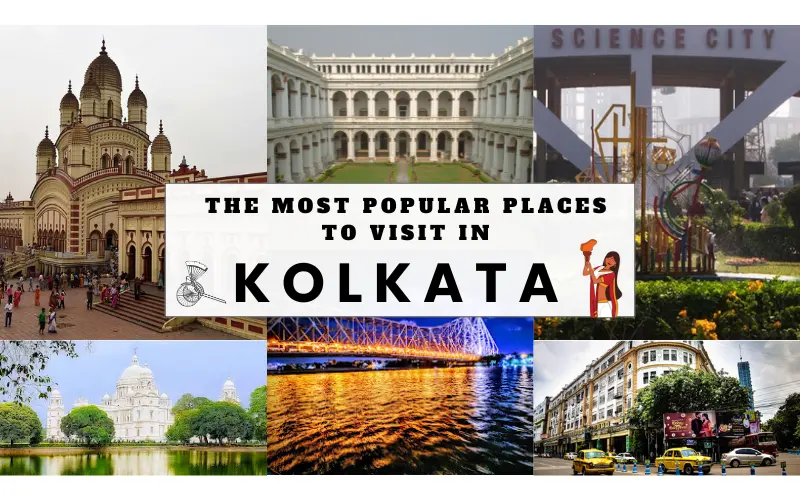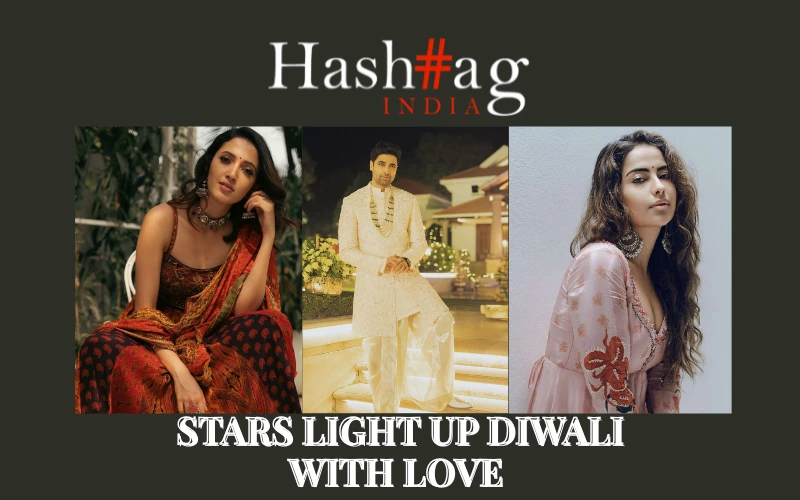In the world of bread, few countries can boast of India’s diversity and richness. From the buttery, flaky layers of paratha to the crispy, smoky texture of naan, Indian breads have captured the hearts and taste buds of people around the globe.
Recently, eight Indian breads made it to the global list, with some even ranking among the top 30 in the world. SINDURI VUPPALA takes you on a journey through these eight breads, exploring their origins and significance…
1. Butter Garlic Naan – Ranked #3 Globally
History & Significance
Naan traces its origins back to Persia (modern-day Iran), and the word itself comes from the Persian word “nan,” meaning bread. It travelled to India through the Delhi Sultanate (13th–16th century) and was popularized by the Mughals, who baked it in traditional clay ovens (tandoors).
Butter garlic naan is a modern twist on this ancient bread, flavoured with garlic, butter, and coriander, making it an irresistible favourite. Its pillowy-soft texture and smoky aroma have made it a worldwide sensation, ranking third best in the world.
Pairing
Served best with butter chicken, paneer tikka masala, or dal makhani.
2. Naan – Ranked #8 Globally
History & Significance
Naan has been a staple in Indian and Middle Eastern cuisine for over 2,500 years. Ancient texts suggest that variations of naan were being made in the Indus Valley Civilization (c. 3300–1300 BCE). The version we know today—leavened with yeast or yogurt—became popular during the Mughal era.
Cooked in a tandoor at high temperatures, naan develops a charred exterior while remaining soft inside. Its global appeal lies in its versatility, whether plain, buttered, or stuffed.
Pairing
Pairs beautifully with kebabs, dal tadka, and rich gravies.
3. Amritsari Kulcha – Ranked #26 Globally
History & Significance
Next we take off to the bustling streets of Amritsar, Punjab, where the aroma of freshly baked kulchas wafts through the air. The Amritsari kulcha, ranked 26th in the world, is a flavourful flatbread that’s a speciality of this region. Made with a mixture of all-purpose flour, yeast, and spices, kulchas are baked in a tandoor, giving them a crispy crust and a soft, fluffy interior. The kulcha dates back to the Mughal period but found its true home in Amritsar, Punjab. Traditionally stuffed with spiced mashed potatoes, onions, or paneer, this bread is baked in a tandoor, giving it a crispy yet fluffy texture.Amritsari kulcha is a festival and street food favourite, served with chole (chickpea curry) and a side of pickles or raita. Its flaky layers and explosion of flavors make it one of India’s best-loved breads.
Pairing
Best enjoyed with chole, butter, and pickled onions.
4. Roti – Ranked #27 Globally
History & Significance
Ranked 27th in the world, Roti is simple yet flavourful. Archaeological evidence suggests that ancient Indians baked flatbreads made from wheat, barley, and millet flours over 4,000 years ago and dates to the Harappan Civilization. The word “roti” is derived from the Sanskrit word “rotika,” meaning “bread.” Over time, roti spread throughout the Indian subcontinent, with different regions developing their own unique variations. In North India, roti is often made with whole wheat flour, while in South India, it’s made with rice flour. Despite its variations, roti remains a staple in Indian cuisine, often served with a variety of curries, lentils, and vegetables. In many Indian households, roti is made fresh every day, often by hand, using traditional techniques passed down through generations. Roti is nutritious, easy to digest, and a daily staple in most Indian households. It forms the foundation of a balanced meal, eaten with vegetables, lentils, and meats.
Pairing
Served with dal, sabzi, and homemade pickles.
5. Paratha – Ranked #29 Globally
History & Significance
The word paratha comes from the Sanskrit words “parat” (layers) and “atta” (flour), meaning layered bread. This bread has been a staple in North Indian and Punjabi households for centuries, gaining popularity during the Mughal period.
Made by folding dough multiple times with ghee, it develops a crispy, flaky texture. It can be eaten plain or stuffed with a variety of fillings like potatoes, paneer, cauliflower, or even spiced meats.
Pairing
Enjoy with yogurt, butter, or spicy pickles.
Some of the other top-ranked Indian breads are.
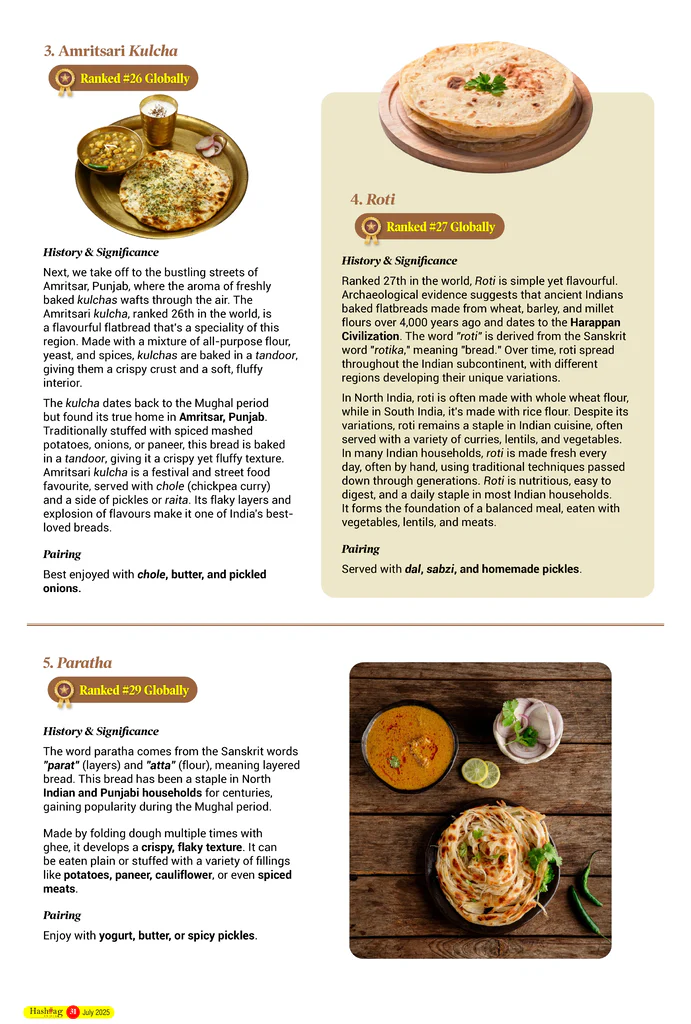
Luchi
History & Significance
Luchi is a beloved Bengali bread that traces its roots to the royal kitchens of Bengal. It is a traditional Bengali deep-fried bread that holds a special place in the culinary heritage of Eastern India. Unlike puris, which are made with whole wheat flour (atta), luchi is crafted from refined flour (maida), giving it a distinct soft texture and white appearance. It is believed to have been a staple in the royal kitchens of Bengal, eventually making its way into everyday Bengali households. It is particularly associated with festive occasions, religious ceremonies, and grand feasts.
Luchi is an integral part of Bengali cuisine, often served during Durga Puja, weddings, and Sunday brunches. The bread is loved for its versatility, pairing exceptionally well with rich and flavorful dishes such as kosha mangsho (spicy mutton curry), scholar dal (Bengali-style chana dal), and aloo dumPairing
Best with aloo dum, cholar dal, or kosha mangsho.
Puri
History & Significance
Puri has been a part of Indian cuisine for over 2,000 years, mentioned in ancient Sanskrit texts like the Manasollasa (12th century). Unlike luchi, puri is made with whole wheat flour, making it heartier.
Deep-fried until golden brown, puris puff up beautifully and are an essential part of festivals, weddings, and temple offerings. Puri is a traditional offering in Hindu temples, particularly in Jagannath Puri (Odisha), where it is served as Mahaprasad along with dal and sabzi.
Pairing
Traditionally eaten with aloo sabzi, chana masala, or suji halwa.
Bhatura
History & Significance
Bhatura, a popular deep-fried bread, originates from the Punjab region of India and Pakistan. It is believed to have been influenced by Persian and Central Asian cuisines. Traditionally made from all-purpose flour, yogurt, oil, salt, and sugar, the dough is left to ferment before being rolled out and fried until golden brown and puffy.
Bhatura is most commonly paired with chole (spicy chickpea curry), making the well-loved dish chole bhature a staple of North Indian cuisine. This dish is popular as a street food and is often served at weddings and special occasions. Over time, variations of bhatura have emerged, including smaller versions like puri, and recipes incorporating spices such as cumin or ajwain for extra flavor
Pairing
Perfect with chole (spiced chickpeas) and raw onions.
Thepla
History & Significance
Thepla is believed to have originated in Gujarat, particularly in the Saurashtra region. The word “thepla” is derived from the Gujarati word “theplu,” which means “flatbread.” Thepla has been a staple in Gujarati cuisine for centuries, and its history dates back to ancient times when Gujarat was a major trading hub. During the medieval period, Gujarat was a major centre for trade and commerce, and merchants and travelers from all over the world would visit the state. Thepla was a staple food for these travellers, as it was easy to make, nutritious, and could be stored for several days. Over time, thepla became a popular bread throughout Gujarat, and its recipe was passed down from generation to generation.
Pairing
Perfect with a variety of vegetables, lentils, and pickles.
From the smoky naan to the crispy paratha, India’s bread-making heritage spans centuries and cultures. The fact that eight Indian breads made it to the global top rankings proves their universal appeal.
Which Indian bread is your favourite? Let us know in the comments!

